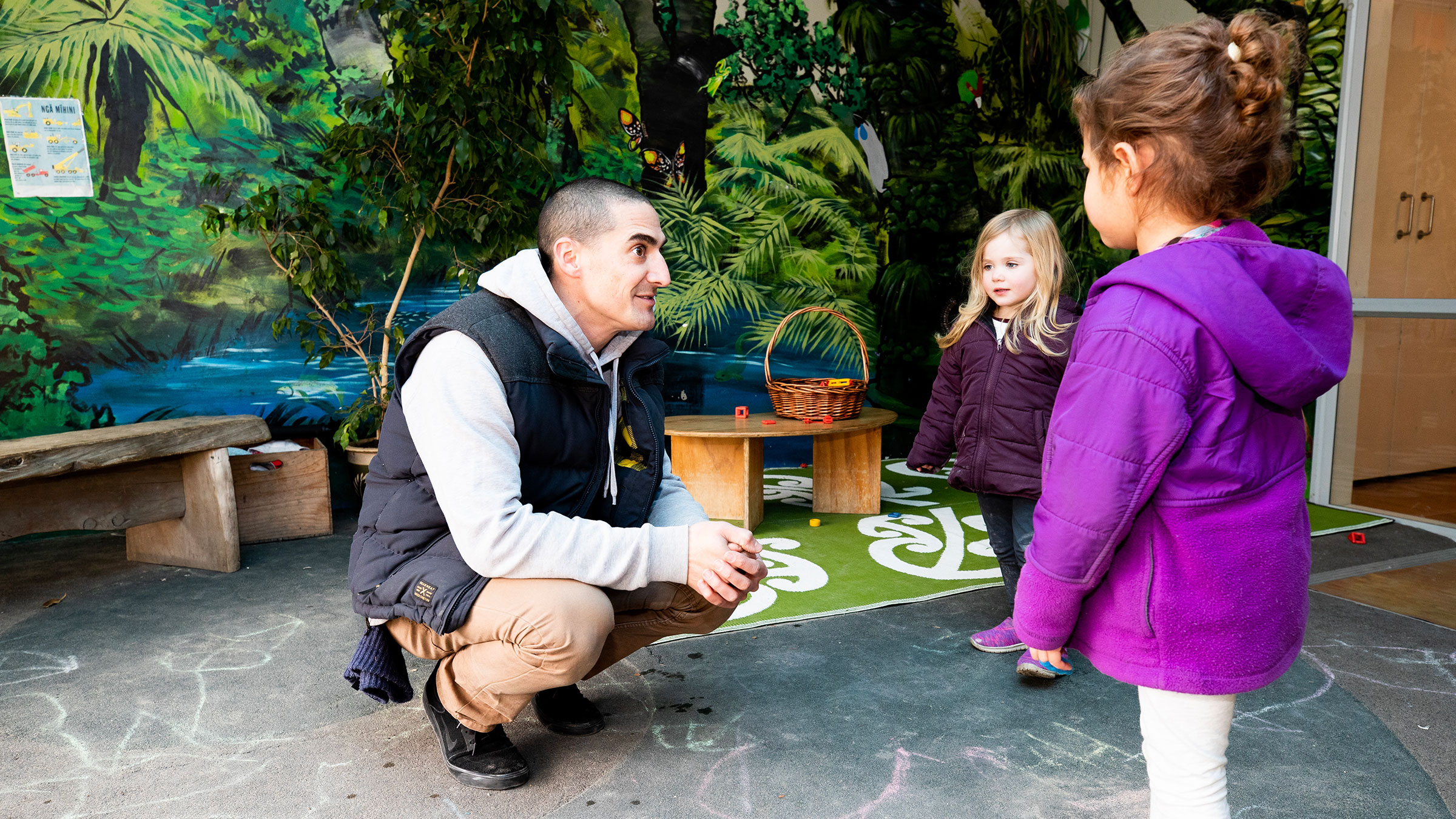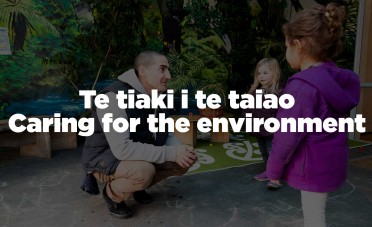Kurua ngā rau Throw the leaves
Akonga use the natural resources they collected in Te kohikohi to play Kurua ngā rau | Throw the leaves.
Exploring te ao kori — Activity collections
This resource is part of a series within the Exploring te ao kori activity collections called Our natural environment.

Intended outcomes
Ākonga can:
- identify and use safe practice and basic risk management in raupō and rito (centre shoot of a monocotyledonous plant, such as harakeke) throwing games
- play minor games using parts of plants to develop throwing, catching, and dodging skills.
Suggested approach
Explain to ākonga that in the past, these activities were used to develop throwing, catching, and dodging skills.
Raupō
- Begin by discussing how to safely kurua ngā rau, throw the raupō leaves, in the space you have.
- In pairs, ākonga throw or toss their leaf to their partners.
- The partner watches where the raupō leaf goes and the way that it flies.
- Once all the leaves have been thrown, ākonga go and get their leaves.
- Ākonga repeat this activity, using the underhand toss, the overhand toss, the right hand, and the left hand; partners can catch the raupō leaves, remembering safety rules.
Rito
- Begin by discussing how to safely kurua ngā rau (throw the rito) in the space you have.
- In pairs, ākonga toss the rito to their partners.
- Follow the same sequences as the raupō exercise. As ākonga improve with their tosses and catches, the space between them can be increased to further challenge them as they throw and catch.
In groups of four to six, ākonga create a game that uses raupō or rito to develop at least two of the skills of throwing, catching, and dodging and outline a set of rules that will allow the game to be played fairly and keep the participants safe. Ākonga can develop a safety action plan to review possible environmental, equipment, or people hazards that could affect the safety of participants and develop rules to eliminate or reduce the risk of injury.
Ākonga show and explain their games to the class, and the class participates in the games developed by their peers. After each game, ākonga can identify any changes or improvements that could be made to the game and/or the safety rules.

